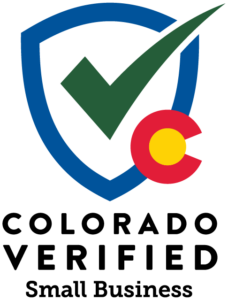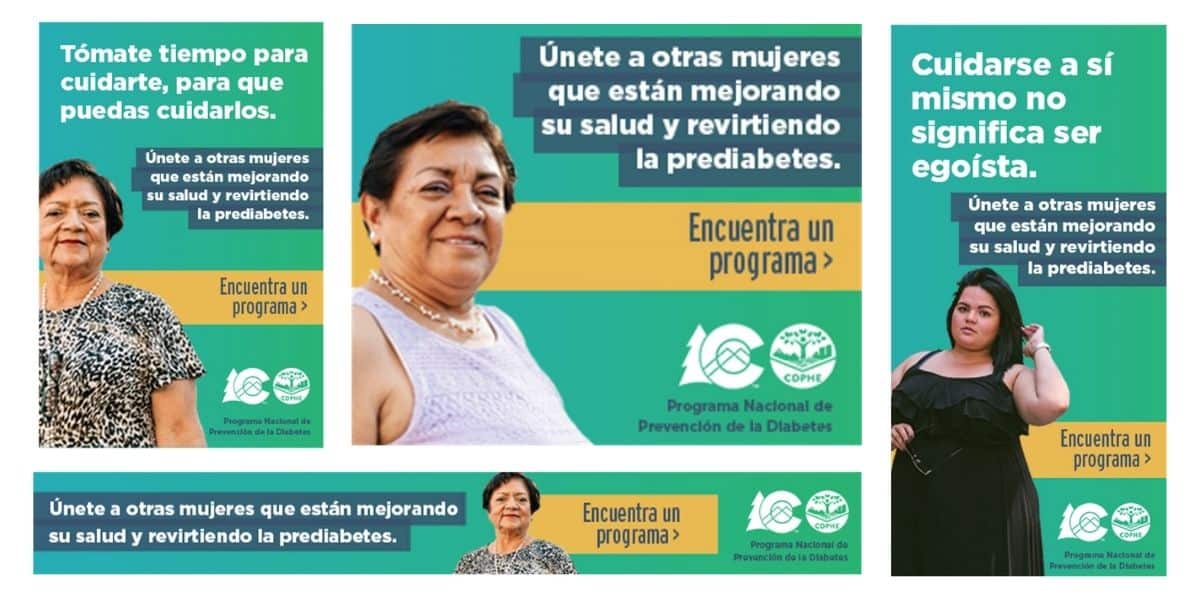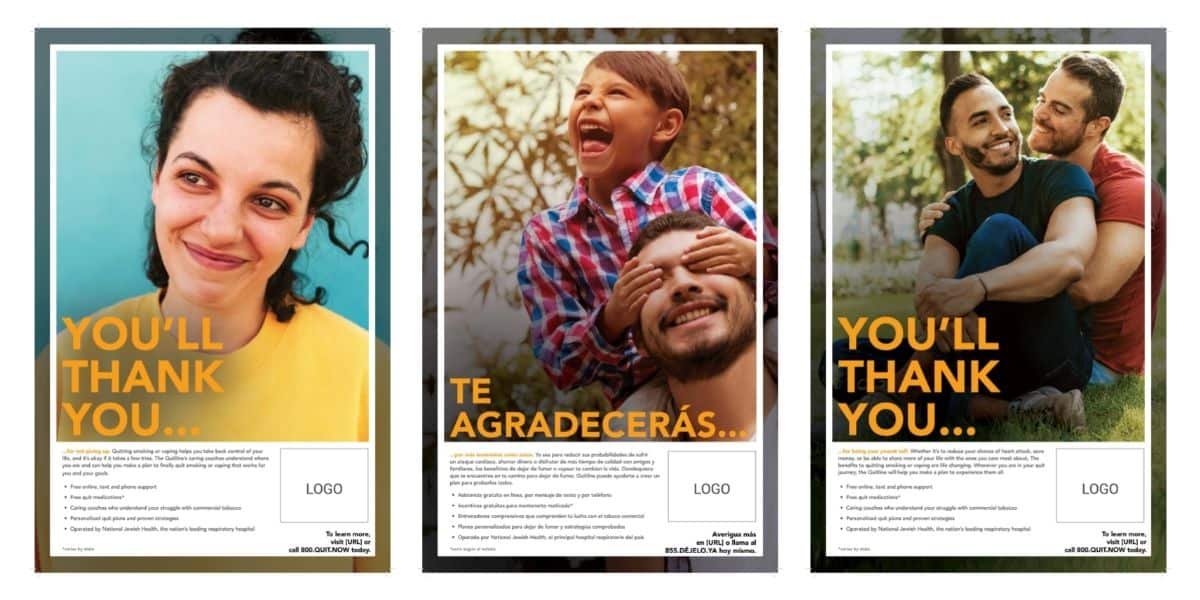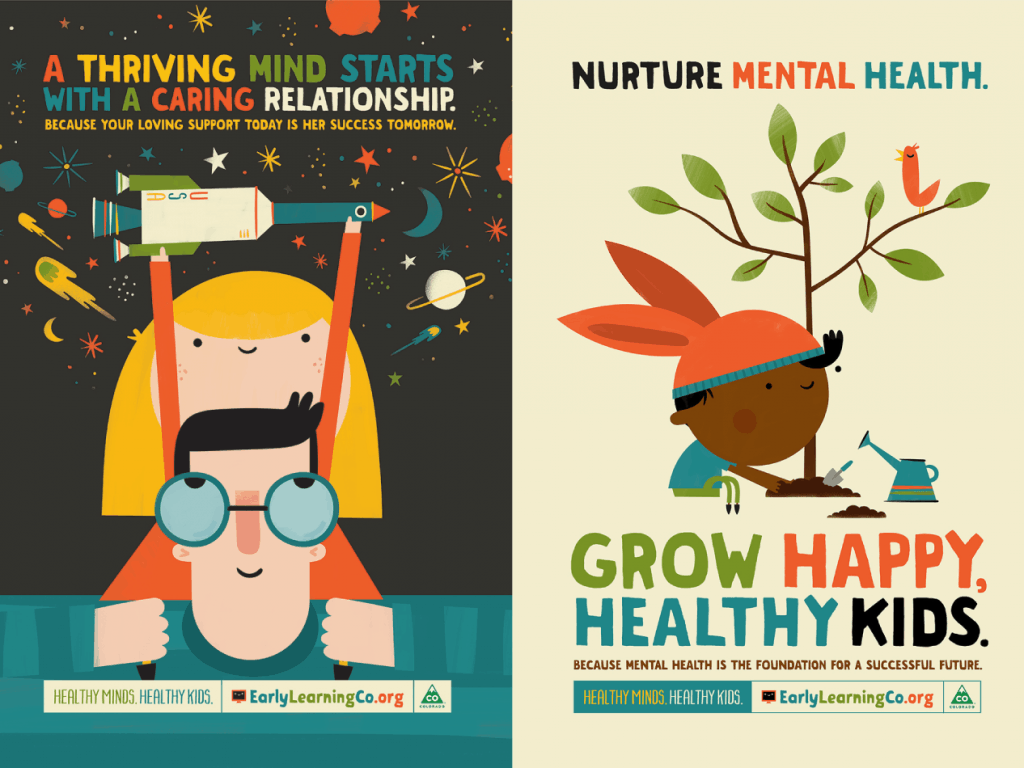Recently I had the opportunity to talk with Brooke Istook, vice president/youth and communities at Thorn, a nonprofit and recent SE2 client. Thorn works to protect youth from online exploitation by educating young people and their parents and caregivers, and builds technology to defend children from sexual abuse.
We talked about how Thorn’s focus and priorities have changed since the organization was created a decade ago and what it is doing to respond to an evolving landscape in which youth are increasingly at risk.
SM: What is Thorn currently doing to educate parents and caregivers about online risks so they can better protect youth?
BI: There is a lot that parents don’t understand about the technology their kids are using to communicate because they don’t have a shared experience. Unlike their kids, most parents didn’t have to worry about their private messages or private moments being documented and shared online for all the world to see.
Today, young people are growing up online, and that includes how they experience transformational phases like puberty. In many respects, doing things like sharing nudes is considered part of normal sexual exploration in the digital age. So, we recommend that parents and other caregivers have conversations with kids early and often so that they understand the risks of sharing personal information or private images.
SM: How widespread is the problem?
BI: Kids are engaging online sooner, some as young as 9 years old. A quarter of 9- to 12-year-olds say they have had an online sexual interaction, and one in six have shared intimate images. This behavior puts kids at risk of their images being shared with others and potentially being groomed by a predator. Half of kids who have shared nudes of themselves say they shared them with someone that they only knew online, while 40% believe that the person they sent them to is an adult.
SM: What do parents and caregivers need to think about when having conversations with kids?
BI: They need to understand the role that shame plays in these conversations and approach their child with empathy and understanding. Online situations, particularly those that are sexual in nature, can be wrought with shame and groomers use that to influence and manipulate youth. Many young people are reluctant to let parents know when they have shared something online, or if someone they don’t know is communicating with them.
Parents need to be curious about digital safety and talk to their kids about healthy relationships and how to make friends and avoid risks online. They also need to let their kids know that it is never their fault if someone tricks or coerces them, and to come to them if they have any concerns about interactions they have had online.
So, the message for younger kids is don’t share private information or photos of yourself or someone else, and if anyone makes you uncomfortable you should not feel bad. It’s never your fault, and you can always come to me if you feel scared or concerned.
SM: What is Thorn doing to educate and support older youth who might be sharing nudes more frequently, even as part of a dating relationship?
BI: It’s important for older youth to be able to identify red flags so they can protect themselves — whether that’s being involved in an unhealthy relationship or being approached and groomed online by someone they don’t know. They need to understand the risks of sharing nudes with a friend, partner or someone else, because those images can be reshared without their consent. In the wrong hands, they can also be used as leverage to get them to do something they don’t want to do such as sharing more images, which we refer to as sextortion.
Parents also need to talk to their kids about not resharing photos they receive from someone and to model good behavior by avoiding victim-blaming if something happens. We know that half of kids and parents blame the person in the photo when a nude is leaked. Blaming the victim leads to the dangerous dynamic of youth staying silent when something bad happens to them out of fear of judgment. In 2017, 85% of victims of sextortion cited embarrassment as their reason for not getting help.
SM: How is Thorn partnering with tech companies to keep kids safe online?
BI: We work with industry partners and develop technologies to make reporting resources more accessible when youth need help. Often, social media platforms are the only ‘person’ that a child talks to when something is going wrong — such as when they are being asked to send nudes or other information they don’t want to share. If a child feels that something is wrong, there is a critical moment when they can decide to report the interaction to the platform. The platform needs to be able to immediately provide them with support and resources to help them.
Many platforms are moving to make these safety features easier to use — and parents should know about them. For example, Apple is rolling out a new safety feature in its messaging app that can be turned on in a child’s device. The feature detects when a nude image is about to be sent or is received and messages support and alternatives to the child. It just puts a bit of friction in the path and provides youth with an off-ramp to a difficult conversation.
These are the types of features that will help to make young people’s online worlds a bit safer, which we will continue to pursue in the coming years.
To learn more about ways parents and caregivers can support and protect youth online, visit Thorn.org.

About the Author:
Susan Morrisey (she/her), CEO and a Principal of SE2, drives transformative work on issues that shape lives and communities. With roots in government and nonprofits, she brings a passion for simplifying complexity and amplifying meaningful messages.
For over two decades, Susan has championed efforts like reducing tobacco addiction, blending rigorous research with bold strategies. Her leadership keeps SE2 focused on purpose-driven challenges, inspiring innovative solutions that create lasting impact.





